

It's a Wonderful Life
(Radio Manuscript)
Adapted by Philip Grecian. Based on the film by Frank Capra. It’s a Wonderful Life is based on the story The Greatest Gift by Philip Van Doren Stern.
Now licensing for 2025!
See notes below for current requirements.
Product Code: I89000
Full-length Play
Drama
Cast size: 63 speaking roles which may be played by as few as 7m., 3w., 2 boys and 2 girls.
Rights and availability
This title can be licensed and sold in the following countries:
Canada, United States
Please note this title may be restricted in your area and may require additional processing time.
* Please note the royalty rate listed is the minimum royalty rate per performance. The actual royalty rate will be determined upon completion of a royalty application.
Synopsis
It's a Wonderful Life is the story of George Bailey, the unsung, beloved hero of Bedford Falls. As a child, George risked his own life to save his brother from drowning. As he grew older, his countless small deeds mattered very much in the lives of the Bedford Falls townspeople. George prepares to leave town and go to college to fulfill his dream of building skyscrapers. However, when his father, the president of the small Bailey Building and Loan Company, dies, George postpones his dreams, manages the family company, and finds happiness in his marriage to Mary Hatch. When Uncle Billy accidentally misplaces company funds, George faces financial ruin and almost certain imprisonment. Seeing no way out, he runs to the bridge over the river, prepared to plunge to his death. Enter Clarence, George's lovable, bumbling guardian angel, who has come to Bedford Falls to prove to George that his life is worth living and to earn wings for himself. He grants George one wish: to see what the world would be like if he had never been born. Suddenly Bedford Falls is a very unpleasant place: the bustling small town main street is lined with pool halls and saloons; none of his friends or family recognize him, not even his beloved wife, Mary, who, in this world without him, is a prim spinster. Pursued by police, George returns to the bridge and begs to have his life back. Clarence grants it and George runs home to find his children, his wife, and a town that rallies to support him. Finally, George comes to realize…it truly is a wonderful life.
Notes
Current important billing and credit requirements are provided in the “Updated Front Pages” PDF in the Downloads tab. Further, all materials used for purposes of advertising, publicizing or otherwise exploiting the title and/or a production must be submitted to Dramatic Publishing prior to use.
PLEASE NOTE: The print copy is in unbound manuscript format. Upon licensing, a permission to photocopy form will be issued.
Some of the advantages to producing radio plays:
One Simple Set—A radio station—made up mostly of drapes, a control booth (if desired), mikes, and sound effects equipment.
Less Wardrobe—no changes of wardrobe are necessary.
Less Staging—actors simply stand at mikes most of the time.
Less Rehearsal—actors don't memorize lines—they just read them.
Fewer Cast Members—one actor plays many parts.
No Props—only scripts.
Details
- Status In stock
- Type of Show Full-length Play
- Product Code I89000
- Minimum Cast Size 14
- Pages of Dialogue 117
- Min. Royalty Rate $110.00/perf
- Approx. Run Time 105 min
Categories
- Target Audience Middle School | High School | College and Adult | Family (all ages)
- Performing Group High School | College Theatre | Community Theatre | Professional Theatre
- Genre Drama
- ISBN(13) 9781583423288
Customer Reviews
Everyone is familiar with, and most love, the movie version of It's a Wonderful Life so it's a good actor draw as well as drawing in an audience. This is a challenging show acting-wise as actors play multiple characters, and even more challenging on the production side because of the Foley sound effects and live music but all are totally worth it in the end. A great show that is enjoyed by all involved in it and all who see it.
For a small producing company, this is an ideal show during the holiday season. There are plenty of good roles for performers. The story is so beautiful, and this adaptation is just perfect.
Lots of advantages: great story that you can't screw up; no memorization; extremely simple set! The students (11 playing 63 roles!) could really focus on characterization through voice and facial expression.
We loved performing this show! And the audience agreed. It was one of the highest rated shows in our 20-year history.
Hints, Tips, and Tricks
The Foley (sound effects) table was half the fun but should probably be manned by non-speaking actors.
Production Map
| Location | City | State | Opens | Closes |
|---|---|---|---|---|
| LJ WILLIAMS THEATER | VISALIA CITY | CA | 11/20/2025 | 11/22/2025 |
| New London High School Multi-Magnet Campus | New London | CT | 12/04/2025 | 12/06/2025 |
| Carlisle Theatre | Carlisle | PA | 12/11/2025 | 12/14/2025 |
Downloads
Poster Suggestions
- Each poster includes a text box which allows you to customize it with your production information. Once a poster has been opened, position your mouse over the lower third portion until you see a label with instructions on entering your production information. Use the Text Select Tool to customize your poster.
- You can print the poster in its original format and hand write your information.
- Your local copy shop should be able to create prints from a file saved to disk. They might even be able to increase the size of the poster for you (although some loss of resolution will occur).



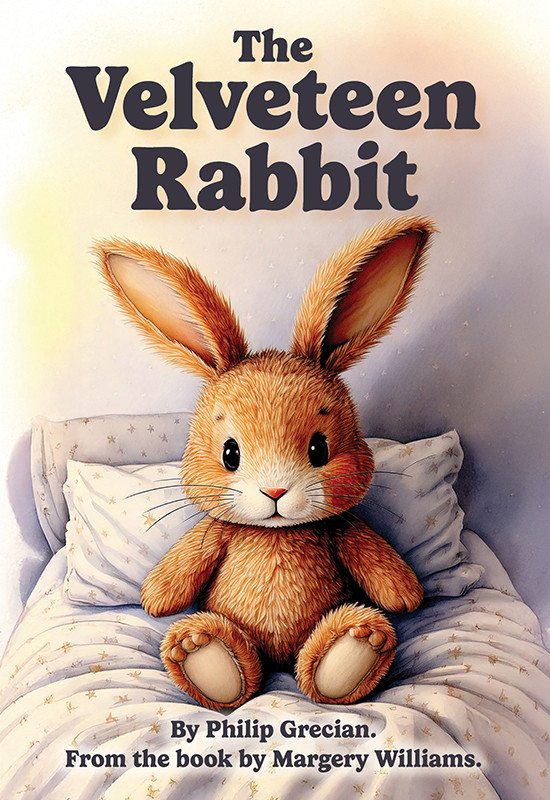
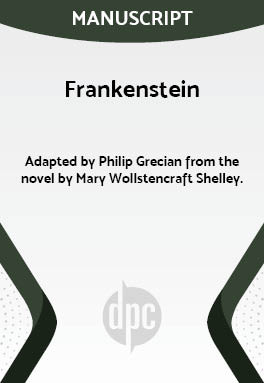
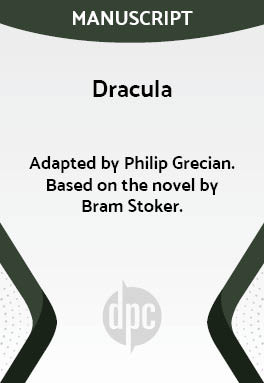
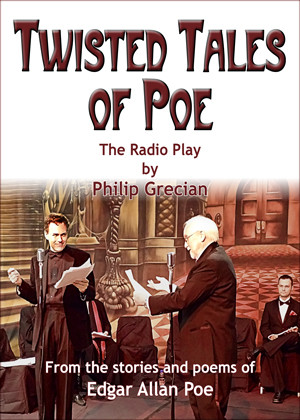
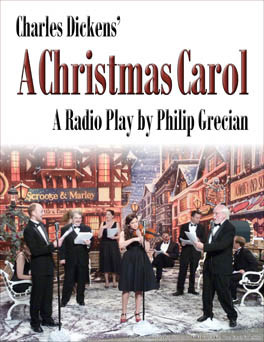
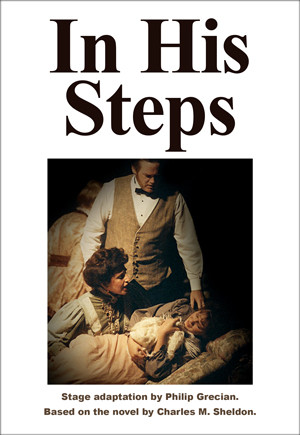
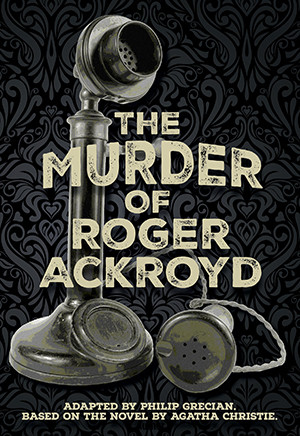

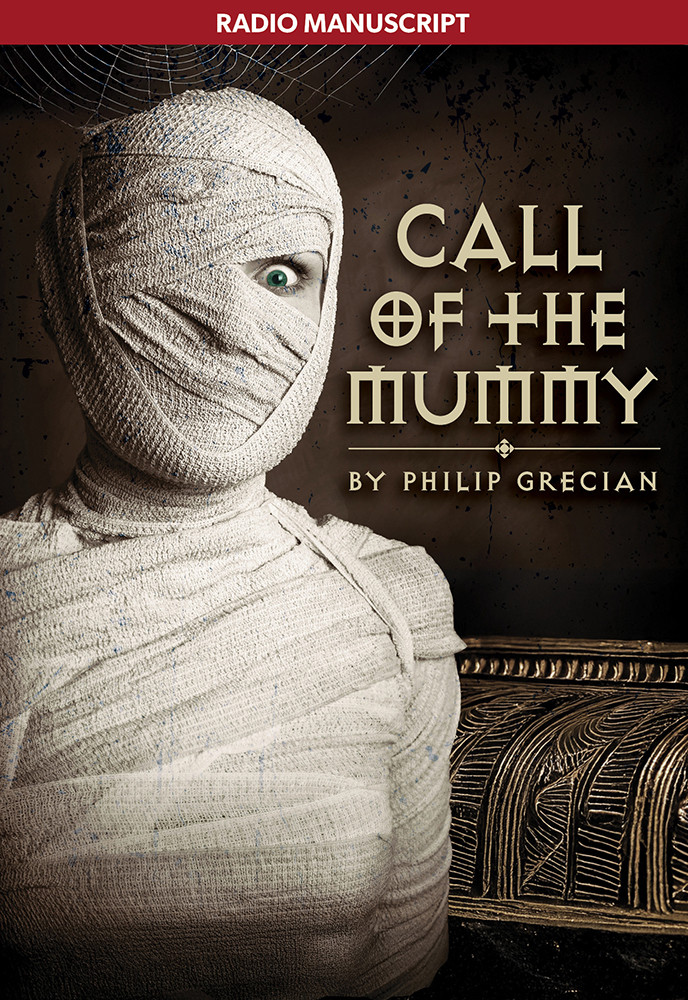

Shona Joy Covington, Highland Theatre, Hardy, Ark.